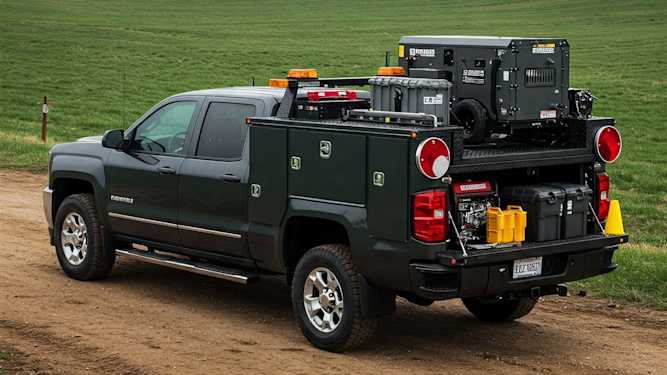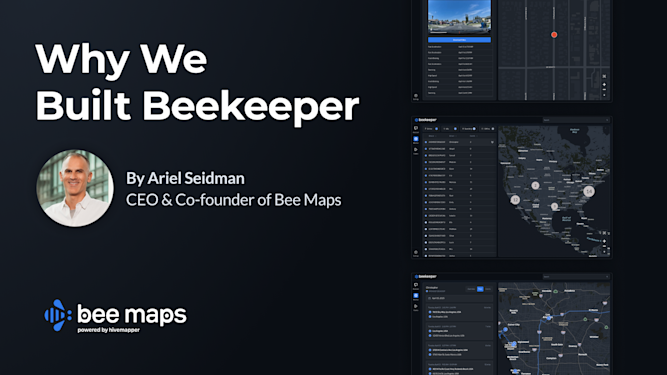The Latest Buzz
How Can Businesses Measure the ROI of Billboard Advertising?

Billboard advertising has been a staple of American highways, and a sure way to reach a broad audience, but like any marketing effort, you can only test what you measure. So if you are just starting out in billboard advertising and are trying to see if it's right for you read on.
Billboard attribution can seem challenging since it’s a more traditional medium compared to digital ads. But, with the right strategies, businesses can effectively get a pretty good idea of how well their campaigns are performing.
1. Set Clear Goals Before Launching a Campaign
Before you can measure the ROI of your billboard, you need to define what success looks like for your campaign. Are you looking to increase brand awareness, drive more website traffic, or generate direct sales? Your goals will determine how you track the effectiveness of your billboard.
Examples of Goals:
- Increase in-store visits by 10% within a month of launching the billboard.
- Generate 200 new website visits per week from a billboard CTA.
- Drive awareness of a seasonal promotion or event.
2. Track Website Traffic with Custom URLs and QR Codes
One of the most direct ways to measure the impact of a billboard on online engagement is to use custom URL. It's best to use something short and specific to the campaign works best. This allows people to remember it while driving and enables you to track how many people visit your website after seeing your ad. Something like this:
example.com/hwy-101
3. Leverage Geo-Fencing Technology
Geo-fencing technology allows you to create a virtual boundary around a specific location, like the area surrounding your billboard. When people enter this boundary with their smartphones, they can receive ads or be tracked through their movements, which helps you understand how many people were exposed to your billboard.
By combining geo-fencing with digital ad campaigns, you can target those who passed by your billboard with follow-up online ads, creating a cohesive advertising experience. This can give you insights into the effectiveness of the billboard in driving interest and traffic.
4. Survey Your Customers
Another way to understand the impact of your billboard is to simply ask your customers. A quick survey can help you determine whether people are seeing your billboard and how it influences their decision-making.
- In-store Surveys: Ask customers visiting your location how they heard about your business. A simple question like, “Did you see our billboard on Main Street?” can give you direct feedback.
- Online Surveys: If you have an online presence, include a survey question at checkout or in a follow-up email asking where they first heard about your business.
5. Track Foot Traffic with Location Data
If your billboard is near your physical location, tracking foot traffic before and after the billboard is placed can be a valuable indicator of its effectiveness. Location analytics tools can help you monitor changes in the number of visitors to your store or business area.
Example: A restaurant might notice a 15% increase in foot traffic after putting up a billboard nearby that advertises a new menu item. This data can be used to estimate how much of that increase is due to the billboard.
6. Monitor Brand Awareness and Social Media Mentions
Billboards can have a big impact on brand awareness, even if they don’t directly lead to an immediate sale. Monitor your brand’s online presence to see if people are talking about your business more after the billboard goes live.
- Google Trends: See if there is an increase in popularity for your business or specific terms displayed on your ads after launching your billboard campaign.
- Social Media Mentions: Track if your brand is being mentioned more on social media platforms, and pay attention to any posts or photos of the billboard itself. This can indicate that the billboard is catching people’s attention.
7. Calculate the Cost-Per-Thousand Impressions (CPM)
One common method for measuring the impact of billboard advertising is calculating the Cost-Per-Thousand Impressions (CPM). CPM helps determine how much you are spending to reach 1,000 people who see your billboard. This metric is often used in traditional advertising to gauge the reach of a campaign.
How to Calculate CPM:
- Find the estimated daily traffic count for the location of your billboard. You can usually get this from your state transportation authority or obtained from the billboard company.
- Multiply the daily traffic count by the duration of your campaign (e.g., 30 days).
- Divide the cost of the billboard by the total number of impressions, then multiply by 1,000.
Example Calculation: If a billboard costs $5,000 for one month and is seen by 200,000 people daily, the CPM would be calculated as follows:
CPM=($5,000200,000×30)×1,000≈$0.83\text{CPM} = \left(\frac{\$5,000}{200,000 \times 30}\right) \times 1,000 \approx \$0.83CPM=(200,000×30$5,000)×1,000≈$0.83
This means you are spending about $0.83 to reach 1,000 people, which can help you compare the efficiency of your billboard to other forms of advertising.
How Can I Optimize a Billboard Investment?
Measuring the ROI of billboard advertising requires a blend of traditional metrics and creative tracking methods. By using custom URLs, geo-fencing, and. surveys, you can get a clearer picture of how well your billboard is performing. With these insights, you’ll be better equipped to optimize your campaigns and ensure you’re getting the best return on your investment.
Bee Maps provides location intelligence to help you view existing billboard imagery, supporting your campaign planning and monitoring. Contact us today to find out how we can support your billboard advertising strategy!
By taking a data-driven approach to measuring billboard performance, businesses can make smarter decisions and achieve greater success in their out-of-home advertising campaigns. Happy advertising!
Share Post


